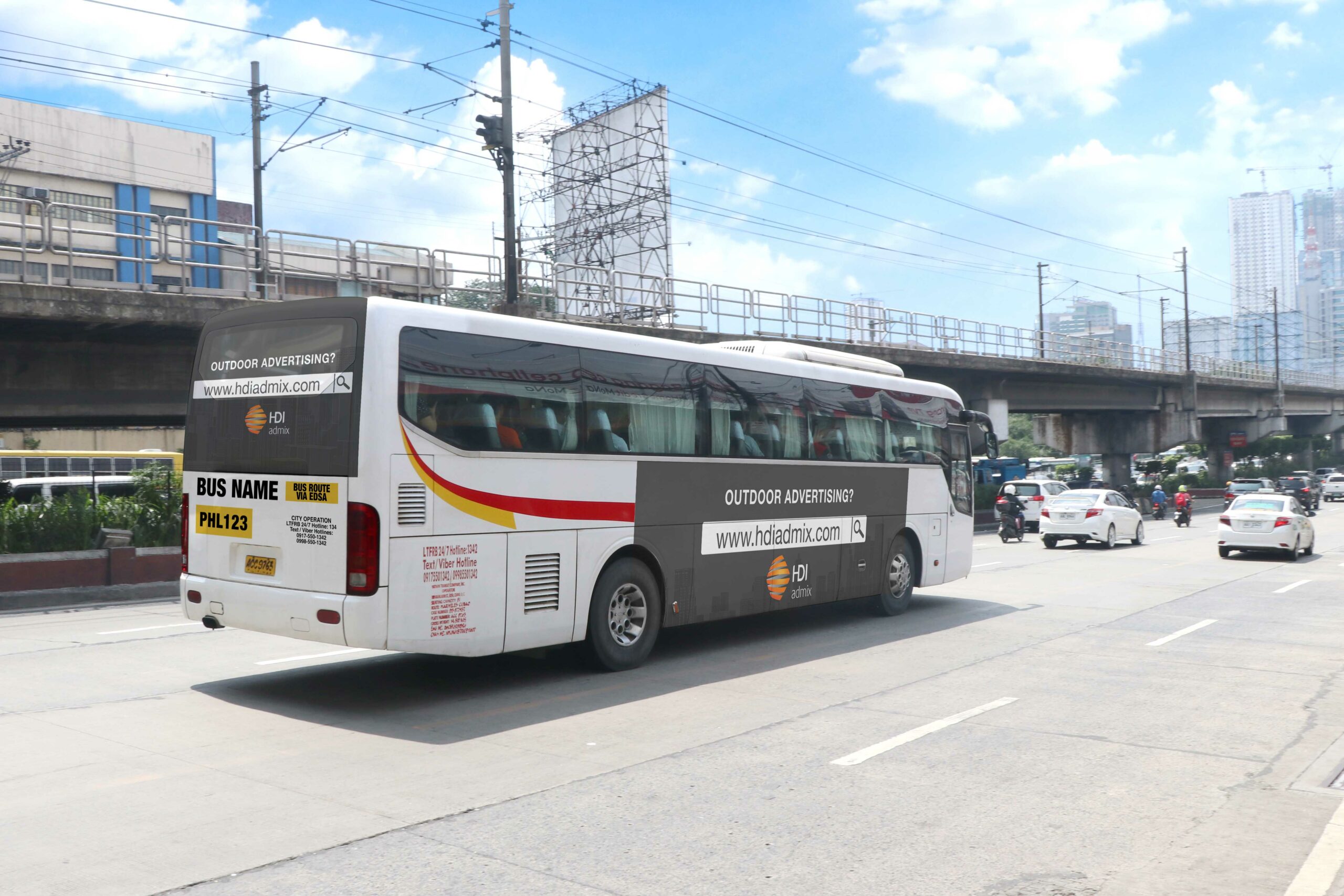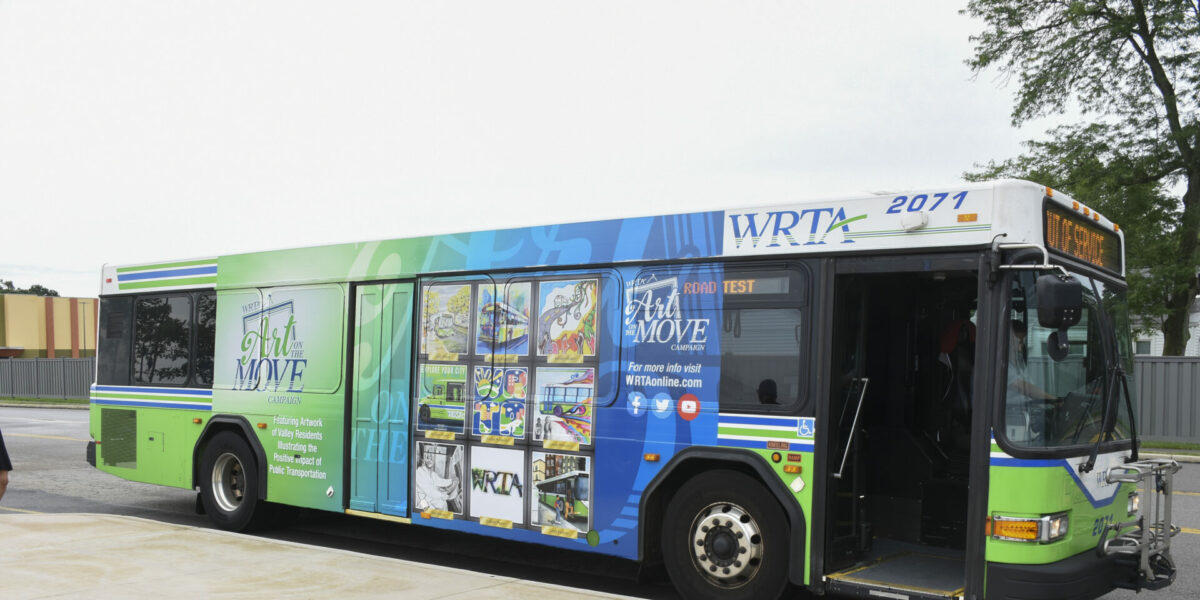A Thorough Assessment of the Strategies and Techniques for Successful Transit Marketing Campaigns
Transit advertising and marketing projects provide an unique chance for brands to engage with varied target markets in dynamic environments. As we discover these essential elements, it becomes clear that the course to an impactful transit advertising and marketing technique is both intricate and fulfilling, increasing the question of exactly how best to navigate these intricacies for maximum brand presence.
Comprehending Target Demographics
Understanding target demographics is vital for the success of transit marketing campaign (Transit Advertising Philippines). Determining specific audience sections enables advertisers to customize their messages efficiently, making sure that the content reverberates with the desired viewers. This technique boosts engagement and makes the most of roi
To effectively evaluate target demographics, marketing experts must think about numerous vital factors, including age, earnings lifestyle, occupation, and level preferences. For instance, a campaign aimed at young specialists may focus on benefit and modernity, while one targeting households may stress safety and security and integrity. In addition, geographical variables such as city versus country setups can dramatically affect customer habits and preferences.
Data collection methods such as surveys, focus teams, and social media sites analytics give useful understandings into demographic trends and consumer behaviors. By leveraging this details, marketers can craft engaging narratives that align with the worths and demands of their target market.
Eventually, understanding target demographics not only educates the calculated direction of transportation ad campaign but additionally ensures that sources are designated effectively. This targeted approach raises the probability of accomplishing campaign purposes, fostering brand name commitment, and driving conversions.
Creative Layout Methods
Effective interaction with target demographics depends greatly on ingenious creative layout methods en route advertising and marketing projects. To efficiently capture focus in a crowded aesthetic setting, developers must focus on clarity and aesthetic impact. Making use of strong shades and high-contrast aspects can enhance exposure, guaranteeing that messages are conveniently clear from a range.
Incorporating vibrant imagery that resonates with the target audience is crucial. Visual storytelling strategies can stimulate emotions and create unforgettable organizations with the brand name. Furthermore, calculated usage of typography aids convey vital details quickly; clear font styles and ideal dimensions additionally boost readability.
Including interactive elements, such as QR codes or augmented reality features, can engage commuters beyond passive observation (Transit Advertising Philippines). These techniques not only promote user interaction but also connect the space between standard advertising and marketing and electronic involvement
In addition, making use of space artistically-- whether on bus covers, transportation sanctuaries, or metro advertisements-- can cause cutting-edge formats that damage the mold of conventional advertising. By embracing artistic creative thinking while maintaining brand name uniformity, campaigns can foster a solid link with their target market, eventually driving both understanding and action. The combination of these design techniques is critical for achieving effective transportation marketing results.
Strategic Placement Approaches
Optimizing the effect of transit advertising depends upon calculated placement approaches that make sure optimal presence and involvement. Efficient positioning includes understanding and assessing high-traffic areas passenger demographics to recognize one of the most advantageous areas for ad display screens. For example, placing ads near entrances and leaves of transit vehicles can record the attention of boarding and touching down guests, therefore improving direct exposure.
Additionally, utilizing both indoor and exterior surface areas of transit lorries can substantially broaden reach. Outside advertisements, visible throughout commutes, involve pedestrians and other motorists, while interior ads target guests in a captive atmosphere. In addition, putting promotions in transit hubs, such as bus terminals or train terminals, permits boosted impacts as commuters change between different modes of transportation.
Timing is also important; aligning the campaign launch with peak travel durations makes the most of target market involvement - Transit Advertising Philippines. Furthermore, leveraging electronic screens en route settings can facilitate dynamic material, supplying real-time updates and boosting user interaction. By employing these tactical visit here placement techniques, marketers can ensure that their transit advertising campaigns achieve maximum visibility, resonate with the target audience, and ultimately drive desired outcomes

Measuring Campaign Effectiveness
To assess the success of transit marketing campaign, it is important to employ a selection of measurement strategies that offer understandings right into audience engagement and overall effectiveness. One key technique is using essential performance indications (KPIs), such as reach, impacts, and involvement rates, which quantify how several people interacted and watched the ad with it.
Surveys and focus teams can likewise be important in gauging customer perceptions and recall, allowing marketers to understand the influence of their messaging. Furthermore, tracking website web traffic and social networks engagement throughout and after the campaign helps measure direct responses to the advertising and marketing.
One more reliable method is making use of location-based analytics, which can offer information on foot website traffic around particular transportation locations, using insights into whether the project successfully recorded the attention of commuters. Furthermore, examining sales information can expose relationships in between transit marketing and increased income, giving tangible evidence of a project's effectiveness.
Study of Success
Understanding the effectiveness of transit marketing projects through dimension strategies lays the foundation for checking out real-world instances that highlight effective results. By utilizing geo-targeted digital ads and analytics, the brand measured a 30% increase in sales in areas where the covers were plainly shown, demonstrating the direct impact of transportation advertising and marketing.
One more compelling instance comes from a regional nonprofit company that launched a project on train platforms to advertise a neighborhood occasion. The use of straight interaction through modern technology magnified the campaign's reach and efficiency.

Verdict
In recap, effective transportation marketing projects require a thorough approach that incorporates an understanding of target demographics, innovative design methods, and calculated positioning. Collectively, these strategies foster brand existence and maximize the return on investment in transportation advertising and marketing initiatives.
Understanding target demographics is important for the success of transportation marketing projects.Reliable interaction with target demographics depends greatly on ingenious imaginative style techniques in transit advertising and marketing projects. By utilizing these tactical placement approaches, marketers can make certain that their transportation marketing campaigns attain maximum visibility, reverberate with the target audience, and eventually drive preferred outcomes.
Recognizing the performance of transit advertising projects with dimension methods lays the groundwork for checking out real-world instances visit the site that illustrate effective results.In recap, effective transit marketing campaigns demand an extensive approach that incorporates an understanding try here of target demographics, innovative style techniques, and strategic positioning.
Comments on “Make Best Use Of Exposure with Transit Advertising Philippines”